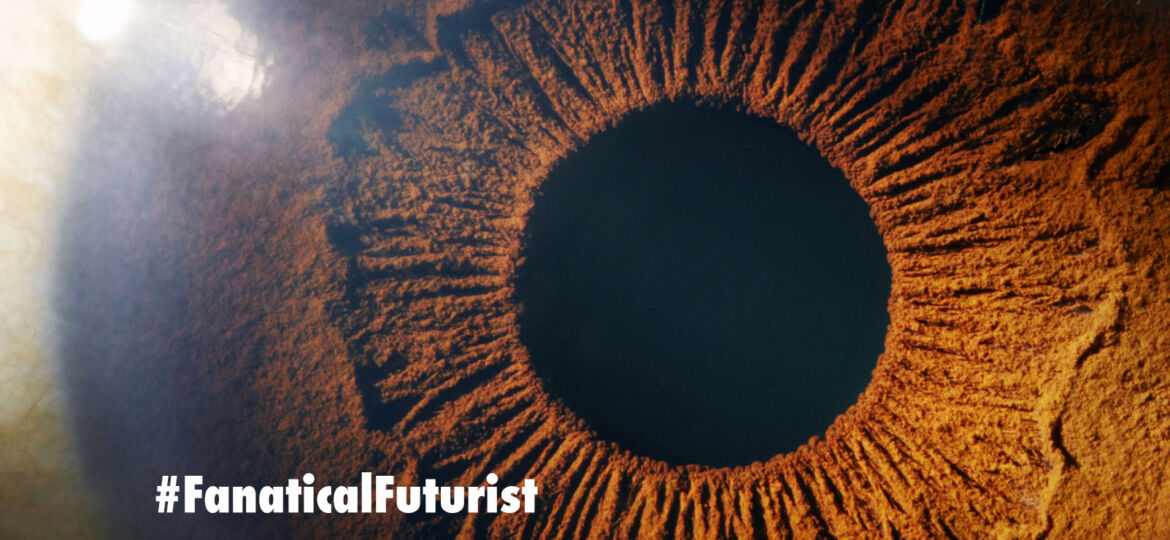
WHY THIS MATTERS IN BRIEF
Millions of people around the world have eye problems, whether they’re severe, or slight, but now a new nanoparticle solution looks like it could help users bin eye glasses for good.
Today there are a number of ways, from using bionic eyes, gene editing and even virtual reality, to cure blindness and “correct” vision, but now a team of opthalmologists at Shaare Zedek Medical Center and Bar-Ilan University’s Institute of Nanotechnology and Advanced Materials in Israel have developed a new type of eye drop that they’re calling “Nanodrops” that contain a nanoparticle solution that’s already been demonstrated to successfully help repair the corneas, and improve the vision of, long and short sighted pigs. Clinical trials on humans are expected to be carried out later this year, and if they’re successful then it could, eventually, spell the end of people needing to wear eyeglasses.
According to Dr. David Smadja, who led the research Nanodrops could help revolutionise ophthalmological and optometry treatments of patients suffering from Hyperopia, long sightedness, and Myopia, short sightedness, and other so called refractory eye conditions.
The revolutionary breakthrough was first revealed at Shaare Zedek’s Second Biennial Research Conference where Smadja also said that the new technology could even be used to help replace multifocal lenses.
An intro to the technology
“This is a new approach for correcting refractory problems,” Smadja said, although he did not say how often the drops will need to be applied in order to replace eyeglasses completely.
According to the research abstract the trials on the pigs involved analysing the refractive errors of their eyes before and after the application of different eye drops that contained varying concentrations of the new synthetic nanoparticle solution, and after the applications the results showed significant improvement in error correction for both Hyperopic and Myopic refractive errors.
If the results in humans prove successful, and it’s something I’m going to be keeping my own eye on, no pun intended, then, according to Smadja, future prospective patients will simply need a smartphone app to scan their eyes, the app will then create a laser pattern of their corneas and generate a “laser corneal stamp” that will help ophthalmologists determine the best course of treatment in order to repair the surface of the patients cornea and correct their vision.
The teams research was one of two chosen by an impartial team of judges from 160 pieces of research carried out by Shaare Zedek physicians and nurses, and this isn’t the first time that the use of nanotechnology in eye drops has been investigated.
Researchers at University College London’s Institute of Opthalmology, recently demonstrated the possibility of creating formulations of tiny nanoparticles loaded with the Age-related Macular Degeneration (AMD) drug Avastin, and elsewhere in another recent experiment researchers from National Taiwan Ocean University developed carbon quantum dots covered with spermidine that they used to treat bacterial eye infections.
















